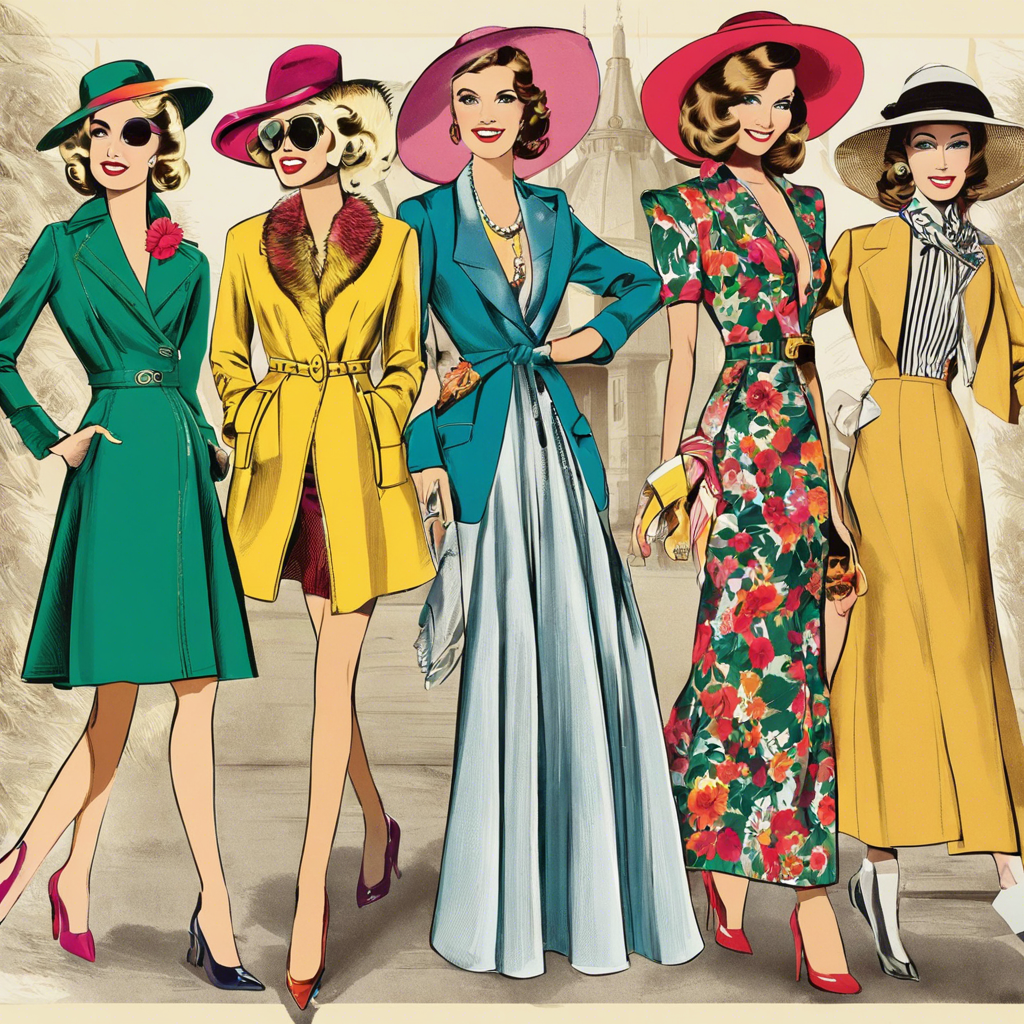The fashion landscape has evolved dramatically over the decades, reflecting the cultural, social, and economic shifts of our time. Each era has brought its own unique style, with trends emerging, fading, and sometimes re-emerging with a modern twist. From the elegant sophistication of the 1920s to the bold experimentation of the 1980s, and the minimalist aesthetic of the 2000s, fashion has served as a powerful form of self-expression and a reflection of the societal values of the time.
In the roaring 20s, fashion took a turn towards liberation and celebration. Women’s styles, in particular, reflected the social and political changes of the time, with the iconic flapper look – complete with dropped waists, fringed dresses, and short bobs – embodying the era’s newfound freedoms and rebellious spirit. The 1920s also saw the rise of art deco, with its sleek lines and geometric patterns influencing fashion and jewelry design.
The 1930s brought a return to more conservative styles, as the world grappled with the Great Depression. Women’s fashions emphasized a more feminine silhouette, with bias-cut dresses and soft, flowing lines. Men’s styles became more relaxed, with the introduction of casual sportswear and the widespread adoption of the zipper, which revolutionized clothing design.
World War II had a profound impact on fashion in the 1940s. With fabric rationing in place, hemlines rose and skirts became narrower, giving way to the iconic pencil skirt. Women working in factories during the war effort donned utilitarian coveralls and head scarves, reflecting a blend of functionality and femininity. Men’s fashions were influenced by military uniforms, with broad shoulders and narrow hips accentuating a strong, powerful silhouette.
The post-war era of the 1950s brought about a return to more traditional gender roles and this was reflected in the fashion of the time. Women’s styles emphasized an hourglass figure, with full skirts, nipped-in waists, and Peter Pan collars. Men’s fashions reflected a more conservative aesthetic, with suits and hats as the standard for everyday wear.
The 1960s, however, rebelled against the conformism of the previous decade, with a youth-driven cultural revolution that celebrated individuality and self-expression. Mini skirts, bold patterns, and psychedelic styles defined the era, alongside the emergence of iconic British mod fashion and the rise of youth-oriented boutiques.
As the world entered the 1970s, a more relaxed and natural aesthetic emerged. The hippie movement of the late 1960s carried over, with bohemian styles, flowing maxi dresses, bell-bottom jeans, and earthy tones dominating the fashion scene. Unisex fashions also gained popularity, with men and women embracing similar styles, such as flared pants and floral prints.
The 1980s marked a decade of bold, over-the-top fashion. Power dressing emerged, with strong shoulders, bold colors, and oversized silhouettes taking center stage. The era also saw the rise of iconic designer brands, with logos and status symbols becoming a prominent feature of fashion. From the glamorous oversized jackets of power suits to the colorful, oversized sweaters and leg warmers of aerobic wear, the 1980s left an indelible mark on fashion history.
